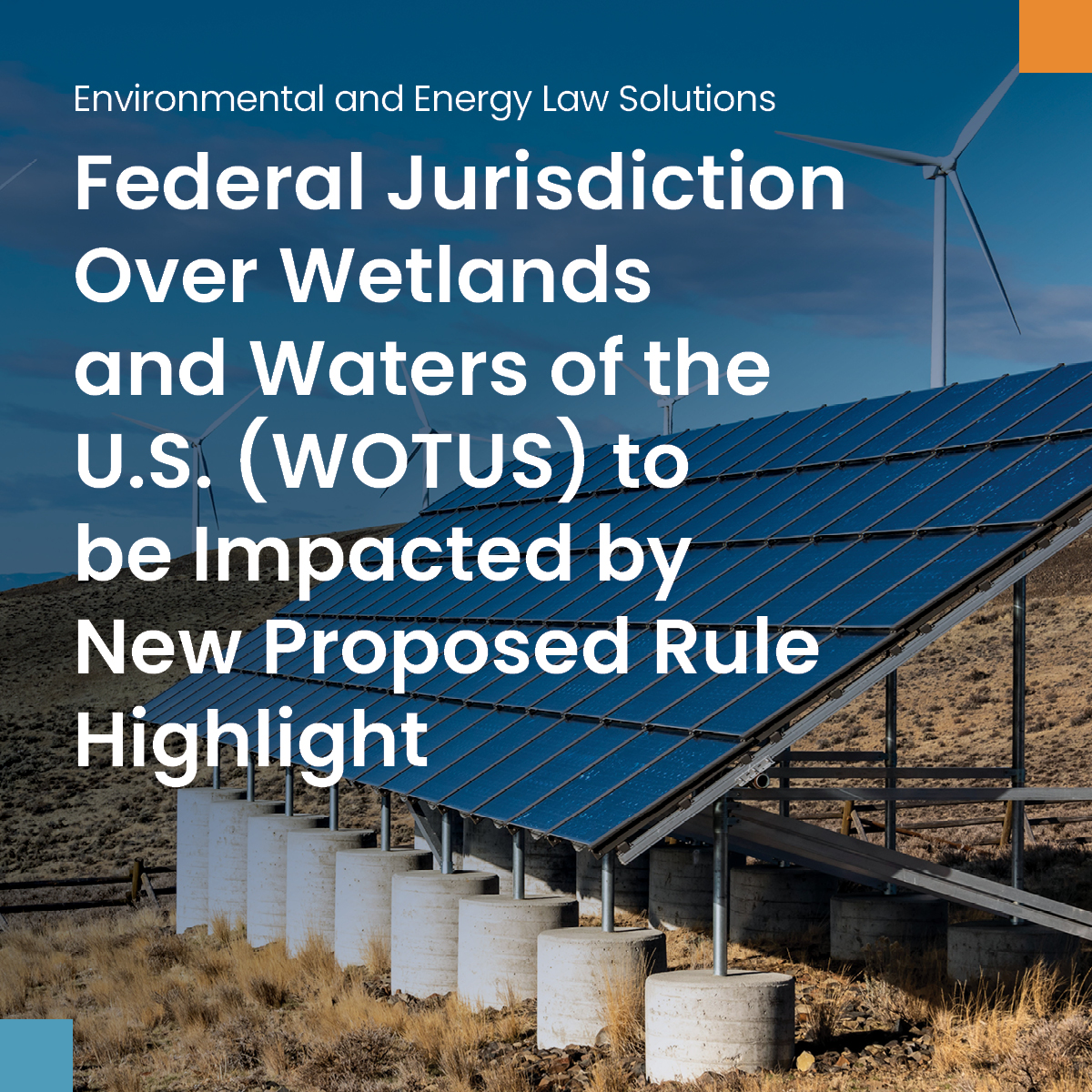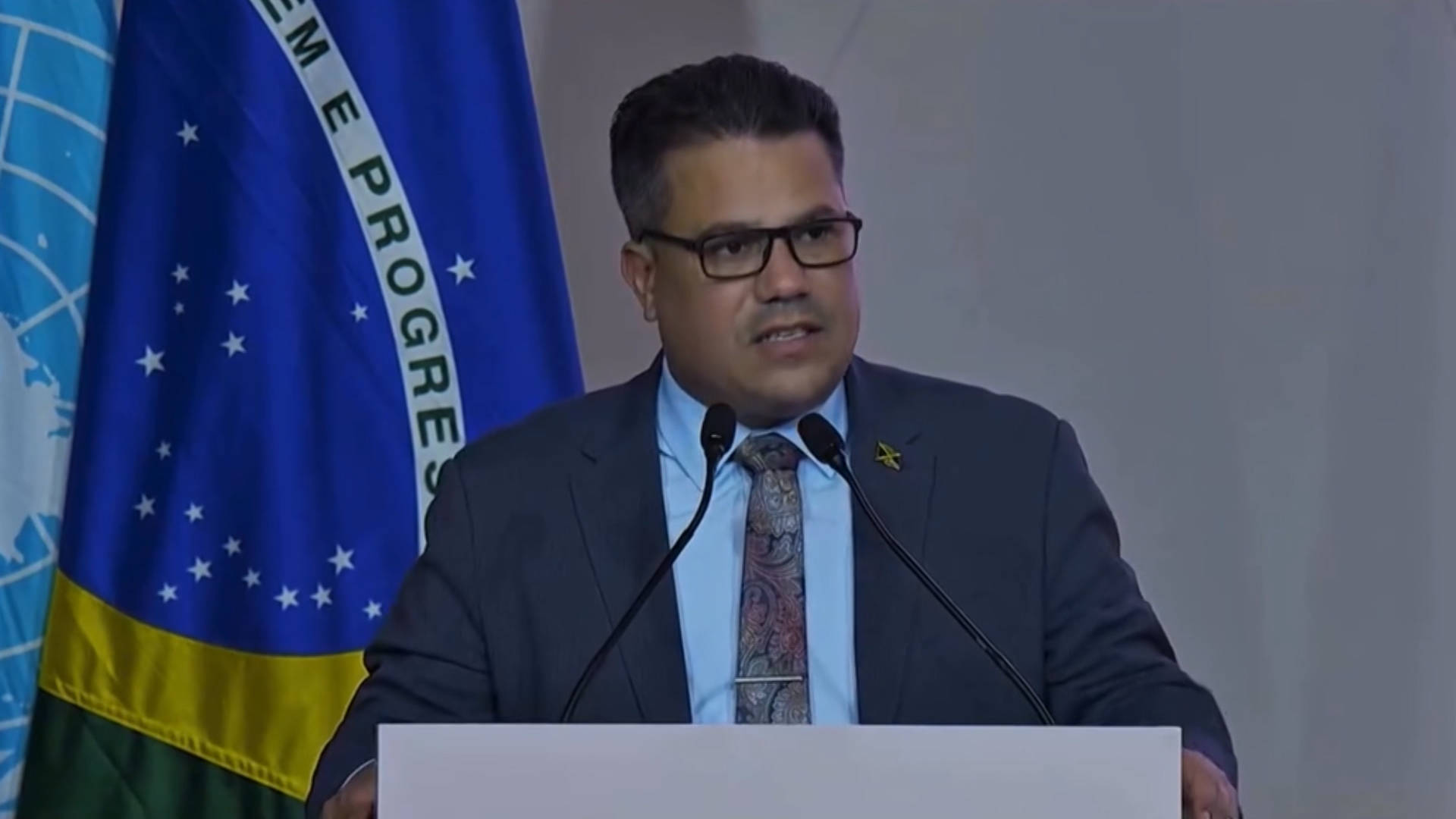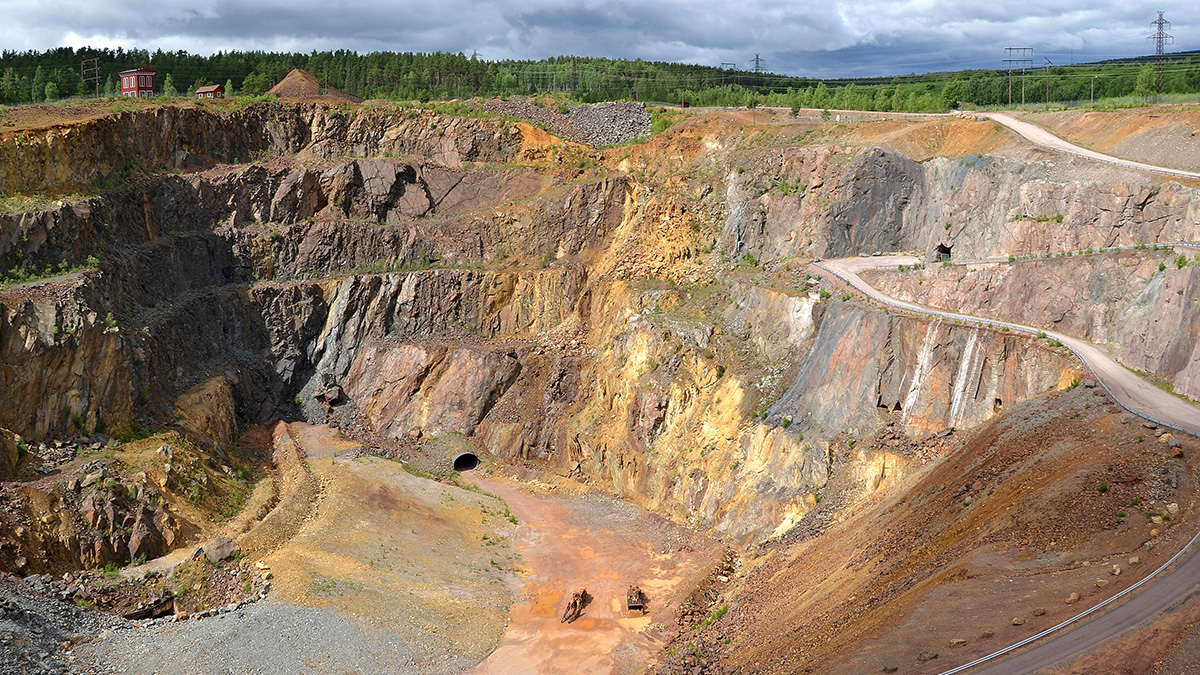Invasive species do not destroy ecosystems all at once, they have a plan – Earth.com

Report on the Temporal Dynamics of Terrestrial Species Invasions and Implications for Sustainable Development Goals
Executive Summary
A global meta-analysis conducted by a Swiss-led international team has identified the residence time of invasive species as a primary driver of ecosystem degradation. The study’s findings have significant implications for achieving several Sustainable Development Goals (SDGs), particularly SDG 15 (Life on Land) and SDG 13 (Climate Action). The research underscores that the longer an invader persists, the more severe the impact on native plant biodiversity becomes, necessitating urgent and early intervention to protect terrestrial ecosystems.
Impacts on Terrestrial Ecosystems and Biodiversity (SDG 15)
Persistent Decline in Native Plant Diversity
The analysis provides critical insights into the long-term threats to biodiversity, directly informing strategies for SDG 15, which aims to halt biodiversity loss.
- Continuous Biodiversity Loss: The study confirmed that native plant species richness consistently declines as the residence time of an invasive species increases. This cumulative loss highlights a direct challenge to achieving SDG Target 15.5 (protect biodiversity and prevent extinction of threatened species).
- Irreversibility of Damage: Impacts on native plant diversity persist even in long-established invasions, suggesting that biodiversity losses are difficult to reverse once they accumulate.
- Unreliable Predictors: The research found that previously accepted indicators, such as the biotic resistance of diverse native communities or specific traits of invasive species, were not reliable predictors of ecosystem-level impacts.
Temporal Dynamics of Ecosystem Change
Understanding the timeline of impacts is crucial for prioritizing management actions in line with SDG Target 15.8, which calls for measures to prevent and control invasive alien species.
- Initial Soil Property Shifts: Abiotic soil properties, such as carbon and nitrogen levels, often shifted significantly in the early stages of an invasion.
- Potential for Stabilization: Unlike biodiversity, many of these soil properties tended to stabilize or return toward baseline conditions within approximately a decade, offering a different management timeline compared to the persistent threat to plant life.
Climate Action and Environmental Integrity (SDG 13)
Link to Greenhouse Gas Emissions
The study reveals a connection between biological invasions and climate change, reinforcing the integrated nature of the SDGs.
- Increased Emissions: The synthesis consistently linked invasions by both plants and animals to higher soil emissions of greenhouse gases across numerous study sites.
- Invasion Control as Climate Mitigation: This finding suggests that controlling invasive species could serve as an additional tool for climate change mitigation, contributing to the goals of SDG 13 (Climate Action).
- Need for Long-Term Data: The authors caution that publication bias may exist and call for long-term measurements to draw firm conclusions, emphasizing the need for robust data to inform climate policy.
Socio-Economic Consequences and Global Partnerships (SDGs 2, 6, 8, 17)
Economic and Social Burdens
The proliferation of invasive species imposes significant costs that undermine progress on multiple development goals.
- Economic Impact: Global annual costs associated with species invasions were estimated to exceed $423 billion in 2019, directly impacting SDG 8 (Decent Work and Economic Growth).
- Threats to Security: The spread of invasive species strains food security (SDG 2: Zero Hunger) and water security (SDG 6: Clean Water and Sanitation) by damaging agricultural systems and aquatic habitats.
The Role of International Collaboration
The study itself, a collaboration between researchers in Switzerland, Germany, and China, exemplifies the approach advocated by SDG 17 (Partnerships for the Goals). Addressing the transboundary challenge of invasive species requires sustained international scientific cooperation to develop effective global strategies.
Policy Recommendations for Sustainable Management
Strategic Interventions Based on Temporal Insights
The research provides a clear rationale for prioritizing actions to mitigate the impacts of invasive species.
- Prioritize Early Detection and Rapid Response (EDRR): Given that biodiversity loss intensifies over time, EDRR is the most cost-effective and ecologically sound strategy to protect native ecosystems, directly supporting SDG Target 15.8.
- Implement Adaptive Monitoring: For soil properties that may stabilize, a measured approach involving long-term monitoring can prevent the misallocation of resources on interventions that may not be necessary over time.
- Strengthen Pathway Controls: Proactive measures, such as inspections of goods and materials, are essential to reduce the introduction of new invasive species.
Addressing Knowledge Gaps
To enhance global efforts, the report highlights the need for further research, particularly concerning animal and microbial invasions and in regions of the Global South. Filling these data gaps is essential for creating equitable and effective policies that protect global biodiversity and support sustainable development worldwide.
Analysis of Sustainable Development Goals (SDGs) in the Article
1. Which SDGs are addressed or connected to the issues highlighted in the article?
-
SDG 15: Life on Land
This is the most central SDG addressed. The article’s primary focus is on the impact of terrestrial invasive species on native plant diversity, biodiversity loss, and changes to soil properties (carbon and nitrogen). These topics are core components of protecting, restoring, and promoting the sustainable use of terrestrial ecosystems.
-
SDG 13: Climate Action
The article establishes a direct link between invasive species and climate change. It states that the “synthesis linked invasions by plants and animals to higher soil emissions of greenhouse gases.” This connects the ecological issue of invasions to the global challenge of climate change, suggesting that managing invasive species could be a tool for climate action.
-
SDG 17: Partnerships for the Goals
The research itself exemplifies this goal. The article mentions the study was conducted by a “Swiss-led team, working with partners in Germany and China.” This international scientific collaboration is crucial for addressing global-scale problems like species invasions and is a key aspect of SDG 17.
2. What specific targets under those SDGs can be identified based on the article’s content?
-
Target 15.8: By 2020, introduce measures to prevent the introduction and significantly reduce the impact of invasive alien species on land and water ecosystems and control or eradicate the priority species.
The entire article is dedicated to understanding the impact of invasive species, which is the central theme of this target. It discusses how the “residence time” of invaders deepens the “hit to native plant diversity” and calls for “early action to prevent or remove invasive plants.”
-
Target 15.5: Take urgent and significant action to reduce the degradation of natural habitats, halt the loss of biodiversity and, by 2020, protect and prevent the extinction of threatened species.
The article’s finding that “native plant diversity remained sensitive even in older invasions, which means species losses are hard to reverse once they build” directly relates to halting biodiversity loss and reducing habitat degradation caused by invaders.
-
Target 15.3: By 2030, combat desertification, restore degraded land and soil… and strive to achieve a land degradation-neutral world.
The research analyzes the effect of invasions on “abiotic properties, non living features like soil carbon and nitrogen.” The finding that these soil properties can shift and then stabilize or return to baseline conditions is directly relevant to understanding and restoring degraded land and soil.
-
Target 13.2: Integrate climate change measures into national policies, strategies and planning.
The article suggests that “controlling invasive species could become an additional tool in addressing climate change.” This implies that findings from such research should be integrated into climate policies and strategies, which is the essence of this target.
-
Target 17.6: Enhance North-South, South-South and triangular regional and international cooperation on and access to science, technology and innovation.
The study is a clear example of international scientific cooperation, involving researchers from Switzerland, Germany, and China to analyze a global issue. The call for “broader geographic coverage” for research outside the “Global North” also aligns with enhancing global scientific cooperation.
3. Are there any indicators mentioned or implied in the article that can be used to measure progress towards the identified targets?
-
Indicator for Target 15.5 & 15.8: Native plant richness/diversity.
The article explicitly uses “native plant richness” and “native plant diversity” as key metrics to measure the impact of invasions. It states that “residence time… tracked the growing losses in native plant richness,” making it a direct indicator of biodiversity loss.
-
Indicator for Target 15.8: Residence time of invasive species.
The study identifies the “number of years since a species arrived” as a primary “driver” of impact. Monitoring and reducing the residence time of new invaders is an implied indicator of successful management and progress toward this target.
-
Indicator for Target 15.3: Soil carbon and nitrogen levels.
The article discusses how invasions affect “soil carbon and nitrogen.” These are measurable properties that indicate the state of soil health and degradation, serving as direct indicators for progress on restoring land.
-
Indicator for Target 13.2: Soil emissions of greenhouse gases.
The research links invasions to “higher soil emissions of greenhouse gases.” Monitoring these emissions in invaded areas is a clear, quantifiable indicator to measure the climate impact of invasions and the effectiveness of control measures.
-
Indicator for the scale of the problem: Economic costs of invasions.
While not a formal SDG indicator, the article mentions that “global annual costs were estimated to exceed 423 billion dollars” in 2019. This economic figure is a powerful indicator used to measure the overall social and economic consequences of failing to manage invasive species.
4. Summary Table of SDGs, Targets, and Indicators
| SDGs | Targets | Indicators |
|---|---|---|
| SDG 15: Life on Land |
|
|
| SDG 13: Climate Action |
|
|
| SDG 17: Partnerships for the Goals |
|
|
Source: earth.com
What is Your Reaction?
 Like
0
Like
0
 Dislike
0
Dislike
0
 Love
0
Love
0
 Funny
0
Funny
0
 Angry
0
Angry
0
 Sad
0
Sad
0
 Wow
0
Wow
0













































































